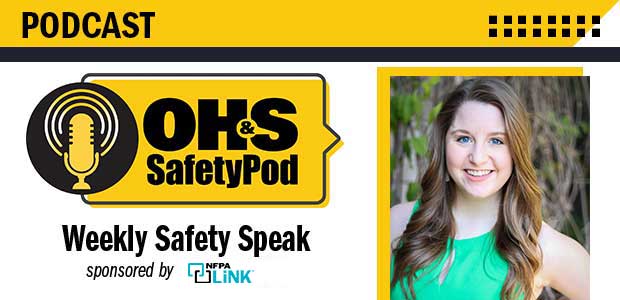
Episode 89
In this episode, editor Sydny Shepard discusses the current COVID-19 outlook, how alcohol and substance use has shifted and what employers can be doing to manage all of it.
For many adults, sitting in a training classroom is something to be avoided at all costs. However, training is a necessary part of today's workplace. Companies must provide training to their employees. To help the reluctant learner, trainers can use a variety of techniques that will get the students interested and eager to participate in the training
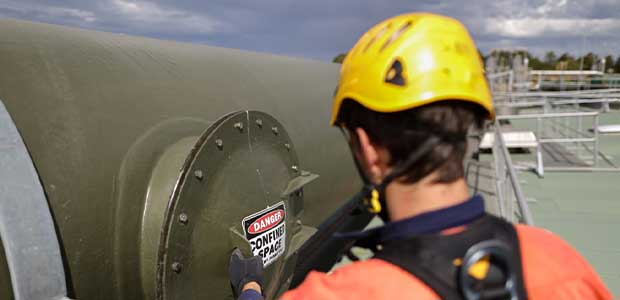
After lives were taken in Texas and Oklahoma less than one year apart, OSHA decided it was time to intervene.
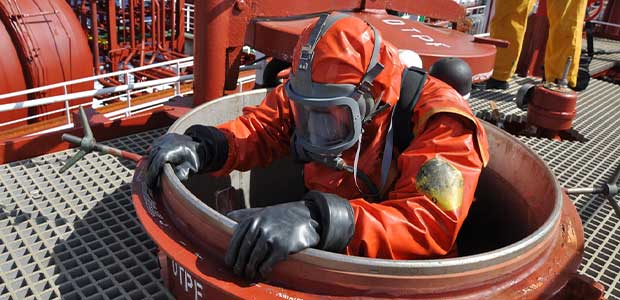
The Regional Emphasis Program was created to reduce employees’ harm when working in the transportation tank cleaning industry.
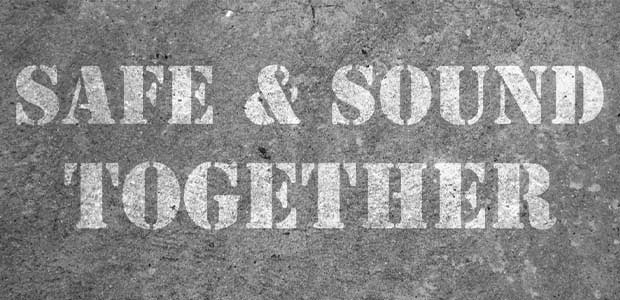
The campaign was created to encourage every workplace to have a safety and health program.
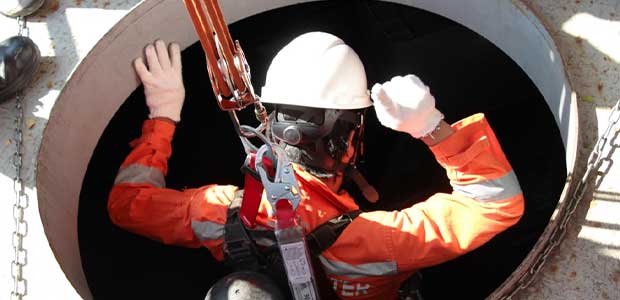
While not every confined space is hazardous, by its nature, confined spaces carry the potential to become dangerous – sometimes in a matter of seconds.
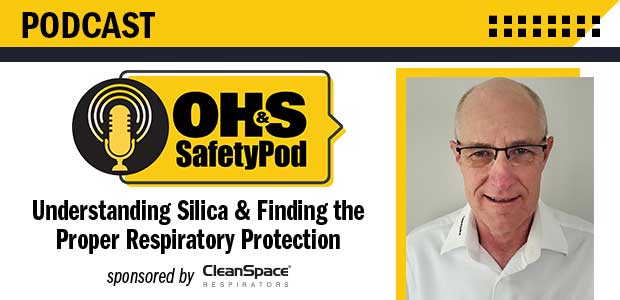
Episode 88
Silicosis impacts more workers than you may think. In this episode, editor Sydny Shepard sits down with CleanSpace Technology's Jon Imms to discuss what silica is and how safety professionals can protect against it.

OSHA is prioritizing a Mid-Atlantic shipyard industry to prevent a healthful workplace.
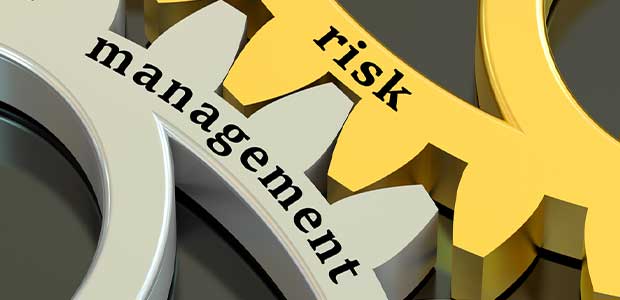
Many organizations devise operating systems that encompass values and standards specific to their core beliefs about work, people and performance.

JHM Roofing LLC ignored OSHA’s citations due to repeated fall hazards over the past few years.